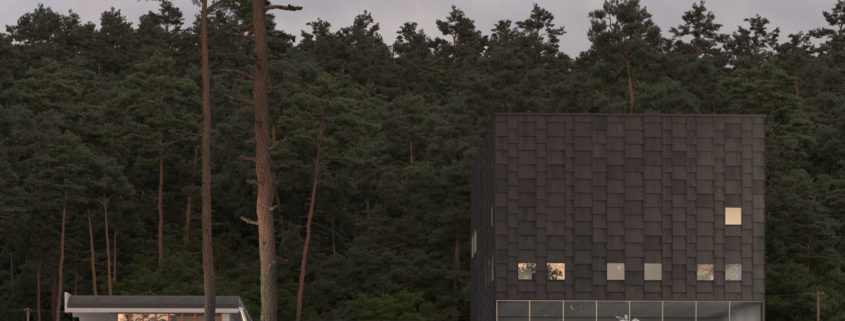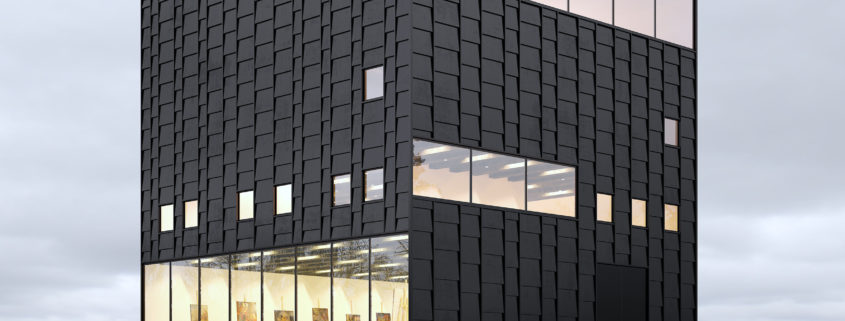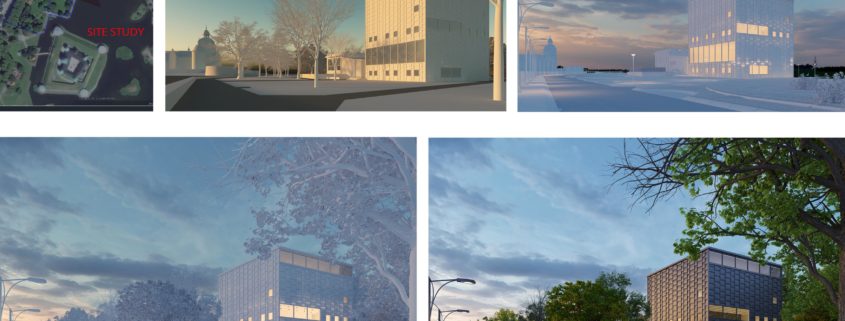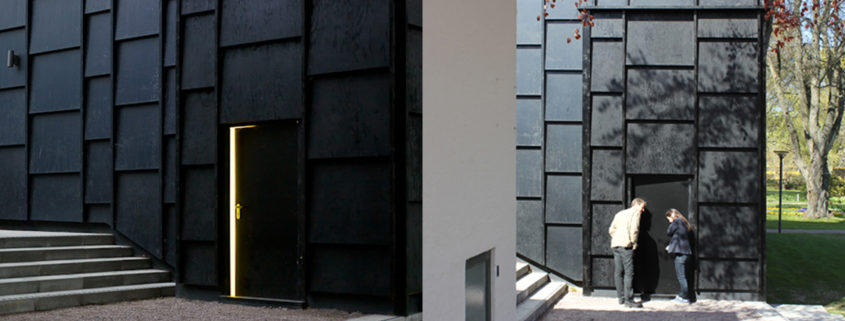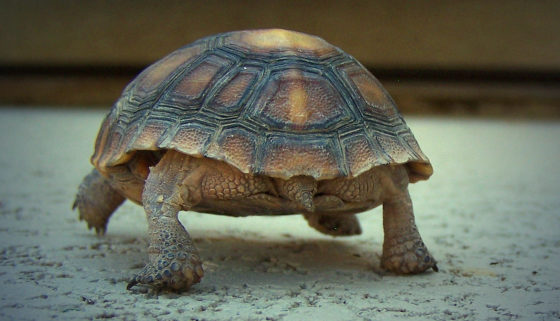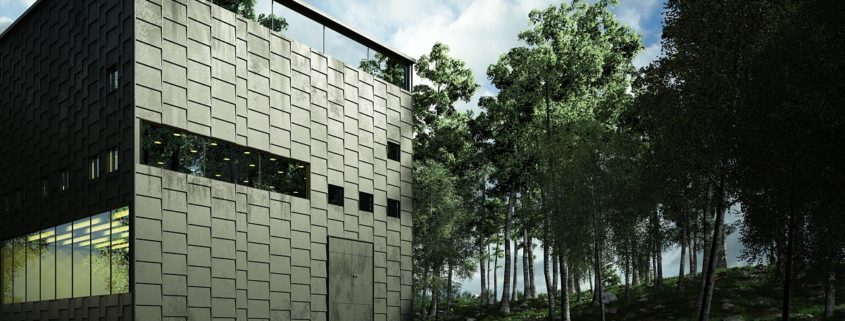Tomorrow Challenge entry by User-17821908
Lighting
So far the scene has been illuminated with a fairly flat ambient light. Once modeling and shading are over, it is time to try different light conditions.
I do not like to do lighting tests with clay models. The materials have a fundamental impact on the lighting of the scene when bouncing and absorbing light. That is why, even if it translates into slowing the process, I prefer (when there is time) to do these tests with the shaders shown.
Before I get to illuminate the scene I take a preview of my image and draw the lights (img.1). The goal of lighting is to get the sensation of volume in the objects. Achieve the “chiaroscuro”.
The method I usually follow to illuminate is the following: I establish a hierarchy in the lights that illuminate the scene according to its function.
The primary light is that which establishes the direction of light and the most important in intensity. Secondary light balances this primary light in direction (not necessarily opposed) and intensity. It is not a matter of fighting between them, but of complementing each other.
Then there are tertiary fill lights that illuminate those parts where the other lights do not reach.
Finally there are accent lights. They do not contribute practically to the scene illumination but they paint flashes in parts of the image.
In this image, however, I have changed the rules a bit. I do not look for strong light with marked shadows in the environment, so I’ve tried several HDRI’s until I found the one I was looking for. (Img.2) (Marked in blue in the sketch)
I do not have a sun on the scene.
Once the environment is lit, I drew my attention to the small windows that do not constitute an interesting interior space in the image and I have treated them as if they were accents. (Marked in yellow in the sketch)
Once happy, I have illuminated the exhibition space following the rules described above. Primary light from the ceiling, secondary lights in statues, tertiary light in beams and accents in the luminaires. (Marked in white in the sketch)
Finally, I sculpted with light the key objects of the image: trees in the foreground, path, car, steps and facade of the museum. (Marked in red in the sketch)
For this process I use Vray light lister. Essential to efficiently manage all the lights in the scene. (Img3)
At this point it is likely that some of the materials need to be adjusted because of the change of lighting conditions. Nothing that can not be done in postproduction.
I’m going to rush the postproduction tonight! The end is near D:












